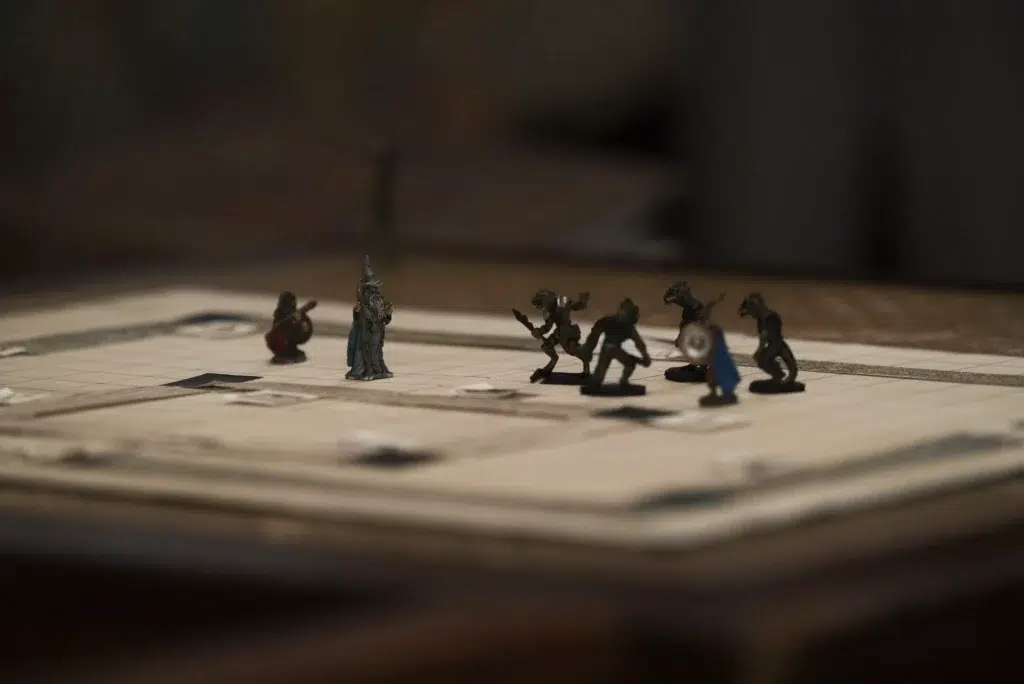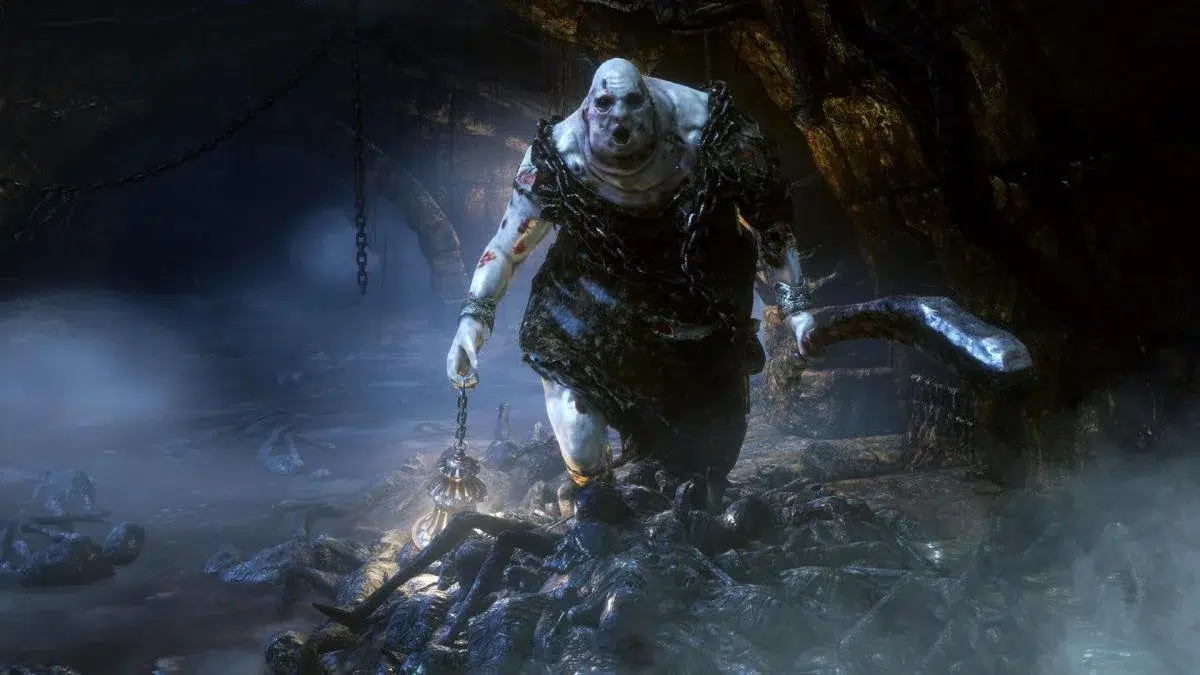Tabletop roleplaying games (TRPGs) have become a popular source of immersive entertainment, offering players the chance to embark on epic adventures in imaginary worlds. At the heart of these games lies the art of storytelling, which brings the games to life and captivates both game masters and players.
In this blog post, we will explore the key elements of storytelling in TRPGs and provide valuable tips on how to build an epic campaign that will leave your players eager for more.
Setting the Stage
Choosing a Theme
To create a captivating campaign, it’s important to select a theme that resonates with both the game master and players. Whether it’s a fantasy realm, a science fiction universe, a horror setting, or a historical era, the chosen theme should align with the interests and preferences of the participants.
Worldbuilding
To make the campaign truly immersive, invest time in worldbuilding. Develop a detailed and vibrant game world, complete with its geography, history, and cultures. Design memorable locations and non-player characters (NPCs) that add depth and authenticity to the setting, allowing players to feel fully engaged.
Creating a Compelling Storyline
Craft a compelling main storyline that drives the campaign forward. Incorporate elements such as mystery, intrigue, and conflicts to keep players engaged and eager to uncover the next chapter. Subplots and side quests provide additional depth and opportunities for character development, adding layers to the overall narrative.
Dynamic Characters
Player Characters (PCs)
Encourage players to create well-rounded and compelling characters. Collaborate with them to integrate their backstories into the campaign, allowing their personal histories to intersect with the main storyline. Emphasize the impact of their choices and actions, giving them agency to shape the narrative.
Non-Player Characters (NPCs)
Create memorable NPCs with distinct personalities and motivations. Develop relationships between NPCs and players, fostering emotional investment and interactions. Use NPCs to drive the plot, provide quests, or act as allies or adversaries, creating a dynamic and vibrant world for the players to explore.
Character Development
Offer opportunities for character growth and evolution throughout the campaign. Allow players to make impactful decisions that shape their characters’ development and influence the story. Incorporate personal quests and challenges tailored to each character’s goals and aspirations, deepening their connection to the game world.
Engaging Gameplay
Pacing and Progression
Maintain a balanced pace in the campaign, alternating between action-packed encounters, exploration, and downtime. Plan challenges and obstacles that gradually increase in difficulty, allowing players to progress and develop their skills. Keep the story moving forward, unveiling secrets and new plot developments at a steady rhythm.

Player Agency
Empower players to make choices that impact the narrative. Provide multiple solutions to problems and different paths to reach objectives, allowing for flexibility and creativity. Adapt the story based on the players’ decisions, fostering a sense of agency and consequence that immerses them deeper into the campaign.
Immersive Descriptions
Utilize vivid and descriptive language to paint a picture of the game world. Engage players’ senses and emotions by providing rich descriptions of the environment, characters, and key moments. This immersive approach enhances the players’ experience and helps them visualize the world they are exploring.
FAQs
Here are five frequently asked questions (FAQs) about storytelling in tabletop roleplaying games:
1. How important is storytelling in tabletop roleplaying games?
Storytelling is a crucial aspect of tabletop roleplaying games. It sets the tone, engages players emotionally, and creates a cohesive narrative that drives the campaign.
A well-crafted story enhances the gaming experience, immersing players in a dynamic world where their choices matter and their characters can grow and evolve.
2. How do I choose the right theme for my TRPG campaign?
Choosing the right theme depends on the interests and preferences of both the game master and players. Consider popular genres like fantasy, science fiction, horror, or historical settings. It’s essential to select a theme that resonates with the group and inspires creativity and excitement.
3. How can I keep players engaged in the campaign?
To keep players engaged, incorporate elements of mystery, intrigue, and conflict into the storyline. Create memorable NPCs with distinct personalities and motivations, allowing players to form connections and invest in the game world.
Provide opportunities for character development, personal quests, and meaningful choices that impact the narrative. Maintaining a balanced pace and offering immersive descriptions also contribute to player engagement.
4. How much flexibility should I give players in shaping the story?
Player agency is a vital aspect of TRPGs. Allow players to make choices that shape the narrative and impact the world around them.
Provide multiple paths and solutions to problems, allowing for creativity and adaptability. However, as the game master, you can guide and shape the story to maintain coherence and ensure the overall campaign’s progression.
5. How can I create a memorable villain or antagonist for my campaign?
A memorable villain can add depth and excitement to your campaign. When creating an antagonist, consider their motivations, goals, and personality traits. Make them a formidable challenge for the players, but also provide opportunities for interaction and conflict.
Incorporate moments where the villain’s actions directly affect the players’ characters, adding personal stakes and driving the narrative forward.
Remember, storytelling in TRPGs is a collaborative process between the game master and players. The ultimate goal is to create a memorable and engaging experience that allows everyone to explore and shape the story together.
In A Nutshell
Storytelling is the heart and soul of tabletop roleplaying games. By carefully crafting the setting, developing dynamic characters, and creating engaging gameplay, you can build an epic campaign that captivates and enthralls your players. Remember, the most important aspect is to have fun and let your imagination run wild.
Let your creativity soar and embrace the unpredictable nature of tabletop roleplaying games. The joy of TRPGs lies in the collaborative storytelling experience, where players and the game master come together to weave a tale that is truly unique.
As the game master, you hold the keys to the world you’ve created. Craft a setting that is rich in detail, with intricate lore, diverse landscapes, and hidden secrets waiting to be discovered. Whether it’s a sprawling medieval kingdom, a futuristic dystopia, or a post-apocalyptic wasteland, the setting should evoke a sense of wonder and intrigue, setting the stage for epic adventures.
Also Read: Worldbuilding 101: Constructing Immersive Fantasy RPG Settings
 Skip to main content
Skip to main content

